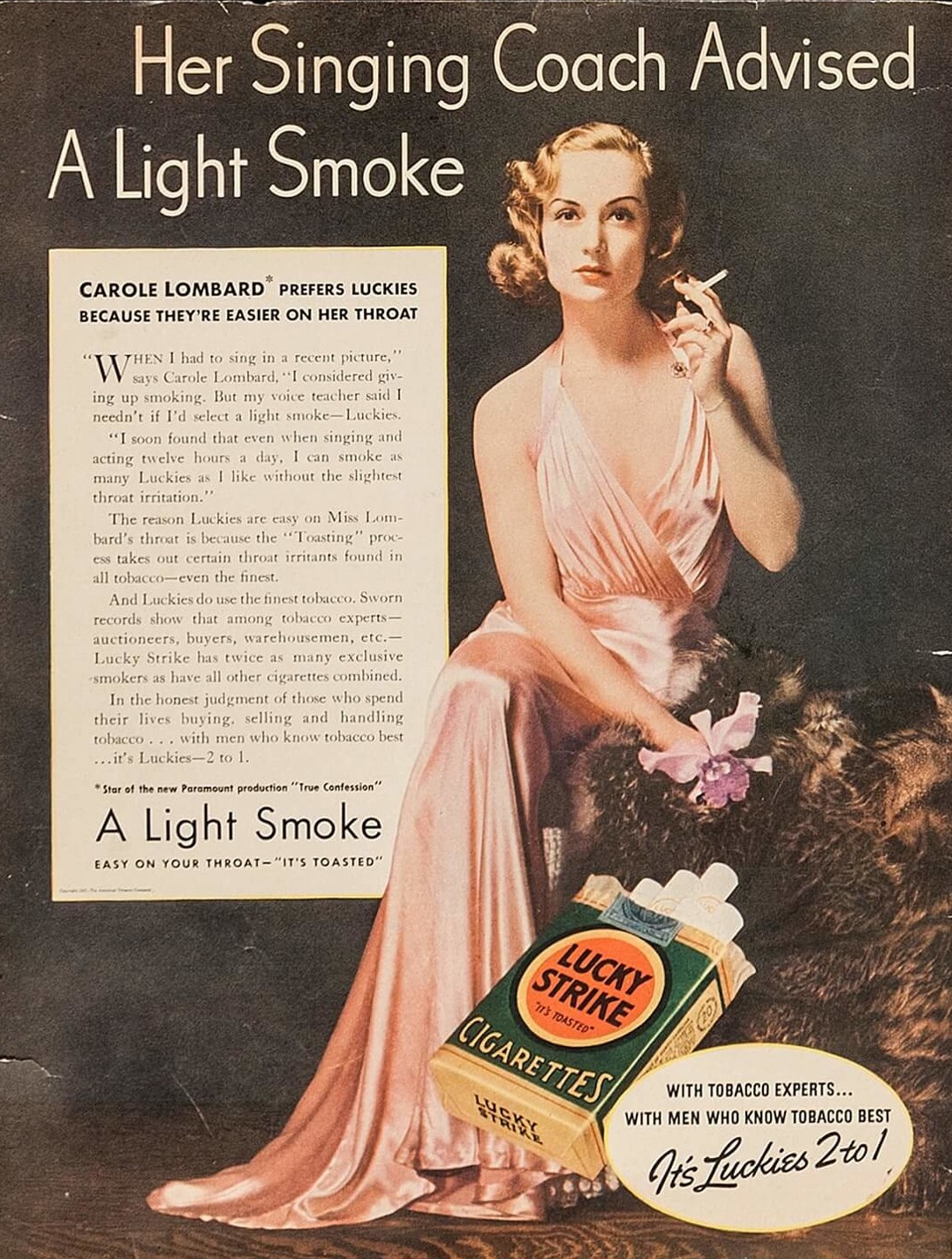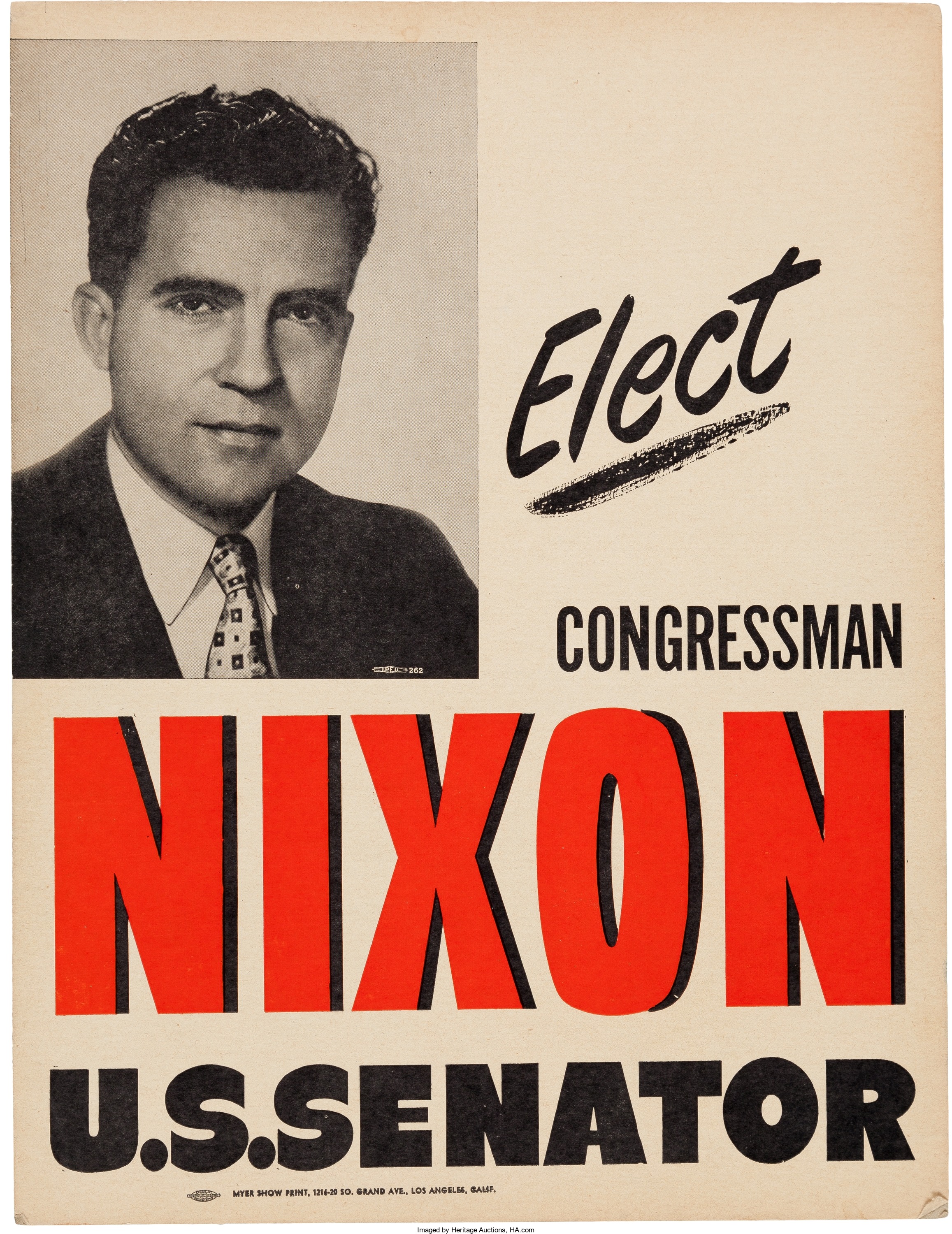
By Jim O’Neal
In 1928, Time magazine was chagrined when they realized they had left Charles Lindbergh off the cover after he made his historic transatlantic flight.
So the editors came up with a novel provision and literally created a new feature: “Man of the Year.” Naturally, the first was Lindy, and it started an exciting new trend that also boosted sales.
●●●
In 1920, The New York Times wrote a scathing editorial that scoffed at the idea of rockets being launched into space. They opined that “they would need something better than a vacuum against which to act.”
Forty-nine years later, after Apollo 11’s 1969 launch, the Times published a retraction. “It is now definitely established a rocket can function in a vacuum as well as in an atmosphere.” The Times regretted the error.
●●●
On Jan. 1, 1902, Michigan beat Stanford 49-0 in what would later become the Rose Bowl. This first game was called the “East-West” and Stanford was so beat up (physically) that they quit with eight minutes left to play.
The attendance was so poor (8,500) the promoters dropped football for the next 14 years. They switched to polo, chariot races, ostrich races and even an elephant-camel race.
The first official Rose Bowl was 1923.
That first Michigan team, dubbed the “Point a Minute Team,” won all 10 games with combined scores of 555-0.
I suspect this may have included the first serious college recruiting efforts. (Do you think?)
●●●
In 1973, a Florida shipbuilder by the name of George Steinbrenner bought the New York Yankees from CBS for $10 million. Four years later, he paid right fielder Dave Winfield $20 million for one season.
Last year, the team franchise was valued at $3.2 billion – second only to the Dallas Cowboys at $4+ billion.
In his initial press conference, Steinbrenner promised he would not interfere in the day-to-day operations of the team. (However, he did not specify how long this would last. My guess is sundown on day two.)
In Texas, that’s called the Golden Rule – “He who has the gold, makes the rules.”
 Intelligent Collector blogger JIM O’NEAL is an avid collector and history buff. He is President and CEO of Frito-Lay International [retired] and earlier served as Chairman and CEO of PepsiCo Restaurants International [KFC Pizza Hut and Taco Bell].
Intelligent Collector blogger JIM O’NEAL is an avid collector and history buff. He is President and CEO of Frito-Lay International [retired] and earlier served as Chairman and CEO of PepsiCo Restaurants International [KFC Pizza Hut and Taco Bell].









